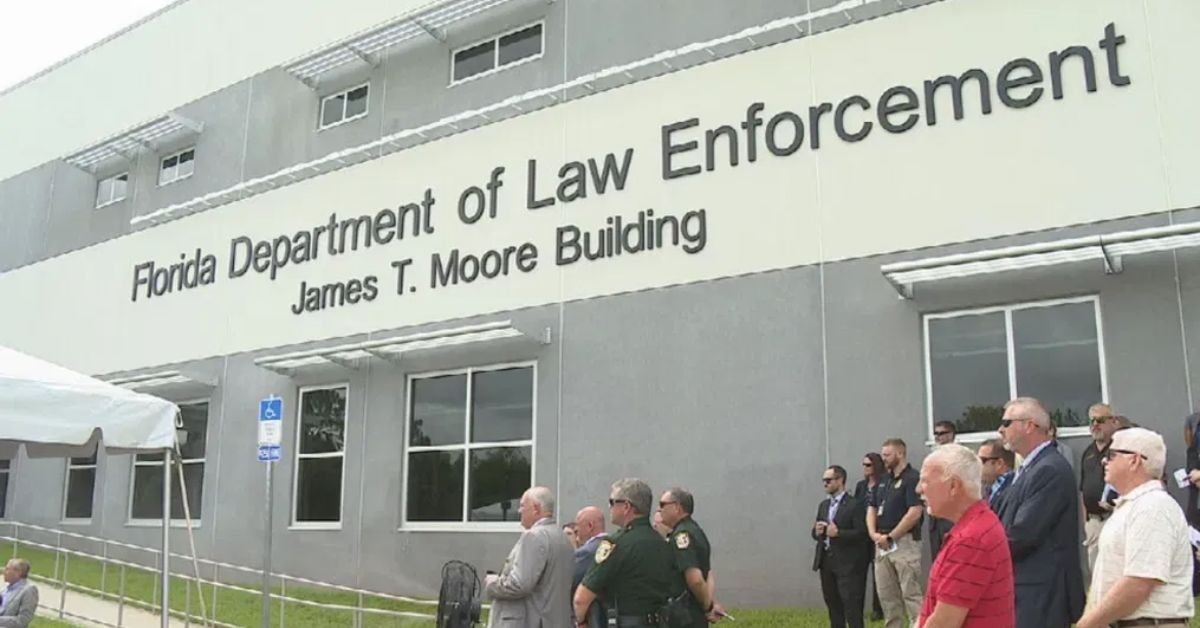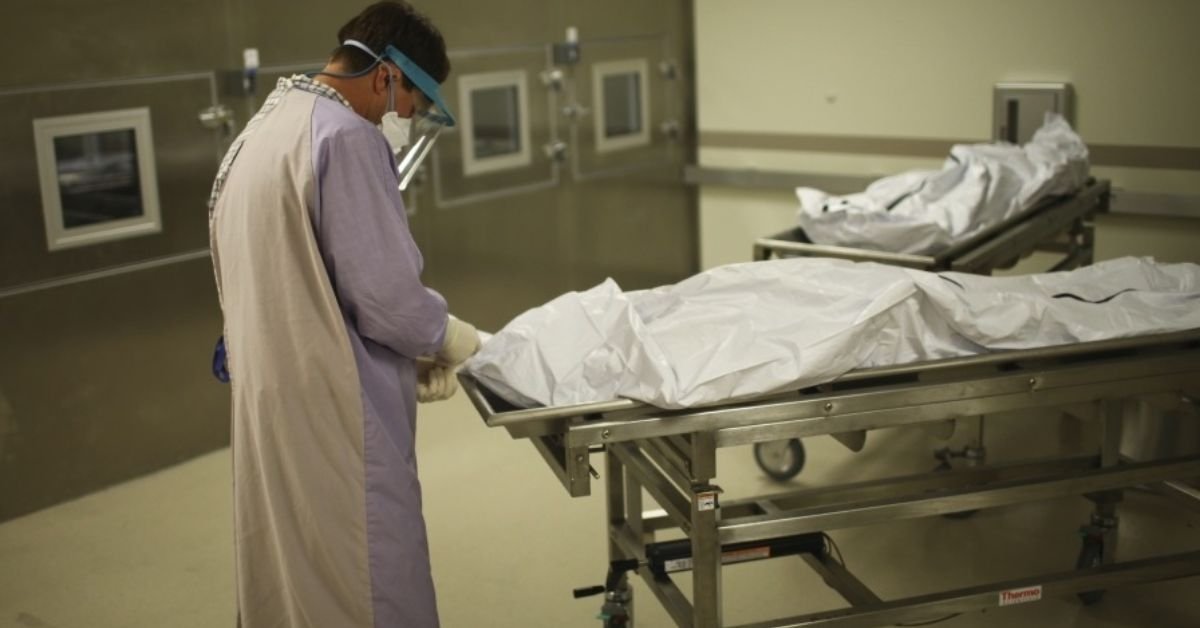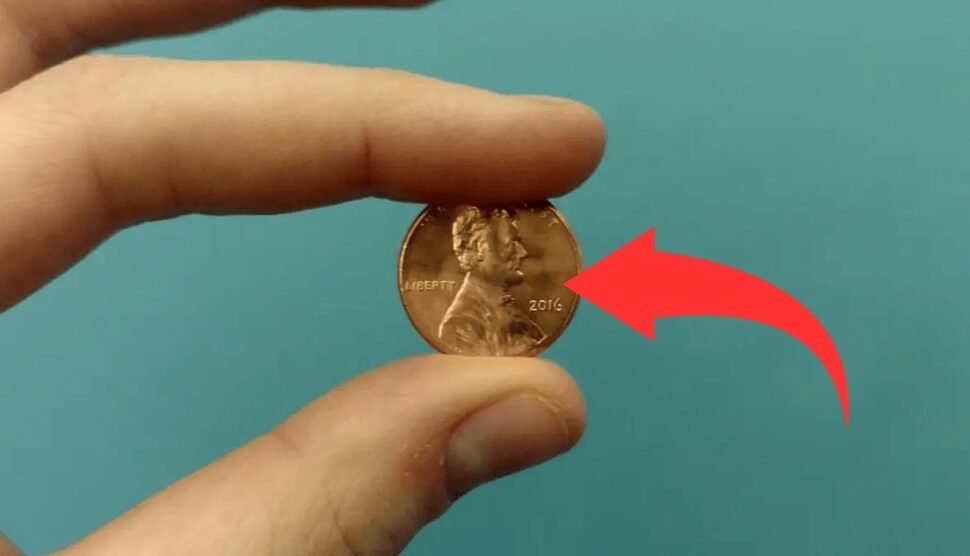The Florida Department of Law Enforcement (FDLE) and the state’s District Medical Examiners serve interdependent roles within Florida’s criminal justice and public health systems. Though administratively distinct, their coordination is essential to the effective investigation of deaths involving criminal activity, unexplained causes, or public safety concerns. This article explores the organizational connection between FDLE and Medical Examiners in Florida, focusing on statutory mandates, oversight mechanisms, and collaborative functions that define their working relationship.
Overview of FDLE and Medical Examiner Systems
Florida Department of Law Enforcement (FDLE)
Established under Chapter 943, Florida Statutes, the FDLE is Florida’s primary state law enforcement agency. It provides investigative, forensic, and intelligence support to local, state, and federal law enforcement entities. FDLE’s broad mandate includes criminal investigations, laboratory services, criminal justice standards, and homeland security initiatives.
Florida’s Medical Examiner System
Florida’s Medical Examiner system operates under Chapter 406, Florida Statutes, and is organized into 25 medical examiner districts, each led by a District Medical Examiner. These physicians are board-certified forensic pathologists responsible for determining the cause and manner of death in specified types of fatalities. Their work is especially critical in cases of homicides, suicides, accidental deaths, and deaths occurring under suspicious or unclear circumstances.
Legal and Administrative Linkage
Statutory Authority
The connection between FDLE and medical examiners is explicitly authorized under Florida Statutes, Chapter 406, which outlines the structure and duties of the Medical Examiners Commission (MEC). The MEC is administratively housed within FDLE and plays a central role in ensuring that medical examiner operations throughout the state conform to statutory and professional standards.
According to Fla. Stat. § 406.02, the Medical Examiners Commission is responsible for:
- Appointing district medical examiners
- Adopting minimum and uniform standards for death investigations
- Conducting disciplinary reviews
- Coordinating death reporting practices across jurisdictions
FDLE provides staff support, logistics, and administrative oversight for the Commission, effectively linking it to the state’s broader law enforcement and forensic infrastructure.
Composition and Function of the Medical Examiners Commission (MEC)
The Medical Examiners Commission is composed of nine members representing various stakeholder groups, including:
- Two licensed physicians (board-certified in pathology)
- A state attorney
- A public defender
- A sheriff
- A county commissioner
- A funeral director
- An FDLE representative
- A citizen member (appointed by the Governor)
FDLE’s role includes facilitating Commission meetings, coordinating disciplinary investigations, and publishing standards and training materials.
Table 1: MEC Oversight Structure
| Commission Role | Affiliation |
|---|---|
| Administrative Support | FDLE |
| Medical Standards & Compliance | MEC via FDLE coordination |
| Appointment of Medical Examiners | MEC, with FDLE administration |
| Disciplinary Review | MEC with FDLE investigative support |
Operational Collaboration
Death Investigations
When deaths fall under statutory categories outlined in Fla. Stat. § 406.11, medical examiners are required to conduct forensic investigations. In cases involving suspected homicide, officer-involved shootings, in-custody deaths, or terrorism, FDLE often provides:
- Forensic laboratory services (DNA, toxicology, ballistics)
- Investigative support (crime scene reconstruction, interviews)
- Chain-of-evidence coordination (preserving evidentiary integrity)
This collaboration ensures that medical findings are corroborated with physical evidence, investigative data, and legal standards.
High-Profile and Multi-County Cases
FDLE and medical examiners also work jointly on:
- Mass fatality events (e.g., natural disasters, plane crashes)
- Statewide public health threats (e.g., drug overdose clusters)
- Unidentified human remains cases involving forensic anthropology or odontology
In such scenarios, FDLE may deploy mobile forensics units and coordinate with multiple medical examiner districts to ensure consistency and interagency effectiveness.
Information Sharing and Reporting
Medical examiners are required to submit standardized data to FDLE via the Annual Workload Report, which documents:
- Number of cases investigated
- Autopsies performed
- Toxicology analyses conducted
- Manner of death determinations
- Operational capacity and staffing levels
This data supports statewide policy development, public safety planning, and resource allocation, particularly in regions with high caseloads or unique forensic demands.
FDLE uses this data to produce annual reports, maintain statistical databases, and inform legislative budget requests.
Training and Professional Standards
FDLE, through the Medical Examiners Commission, provides or endorses:
- Continuing education workshops
- Death investigation protocols
- Guidelines for evidence handling and documentation
- Ethical standards for forensic practice
These trainings often involve collaboration with national organizations such as the National Association of Medical Examiners (NAME) and the American Board of Pathology (ABPath), reinforcing a culture of scientific rigor and legal compliance across agencies.
Accountability and Disciplinary Procedures
One of FDLE’s key functions in relation to the Medical Examiner system is facilitating disciplinary investigations through the MEC. When complaints arise concerning:
- Unethical conduct
- Negligence in autopsy reporting
- Evidence mishandling
- Violations of law or professional standards
FDLE provides investigative personnel, coordinates hearings, and ensures that due process is followed.
Disciplinary actions may include suspension, revocation of appointment, or referral to the Florida Board of Medicine for licensure review.
Summary of FDLE and Medical Examiner Connection
| Area of Coordination | FDLE Role | Medical Examiner Role |
|---|---|---|
| Administrative Oversight | Hosts Medical Examiners Commission | Complies with MEC standards and appointments |
| Death Investigations | Provides lab support and investigative resources | Conducts autopsies, determines cause/manner of death |
| Training and Standards | Organizes MEC training, adopts protocols | Participates in CME and forensic workshops |
| Data Collection & Reporting | Compiles annual forensic data | Submits workload and case reports to FDLE |
| Disciplinary Review | Investigates complaints, manages hearings | Subject to MEC and FDLE investigation |
Conclusion
The relationship between FDLE and Florida’s Medical Examiners is a model of interagency coordination driven by statutory mandates and public safety needs. While medical examiners function with scientific independence, their governance is rooted in a framework supported and administered by FDLE. This connection ensures that death investigations across Florida are carried out with legal integrity, forensic accuracy, and institutional accountability.
Through shared training, forensic support, and oversight, FDLE and Medical Examiners jointly uphold the principles of justice, public trust, and scientific excellence in one of the nation’s most robust medicolegal systems.
References
- Florida Department of Law Enforcement – Medical Examiners Commission: https://www.fdle.state.fl.us/MEC
- Florida Statutes Chapter 406: https://www.leg.state.fl.us/statutes
- Florida Statutes Chapter 943: https://www.leg.state.fl.us/statutes
- National Association of Medical Examiners: https://www.thename.org
- American Board of Pathology: https://www.abpath.org












